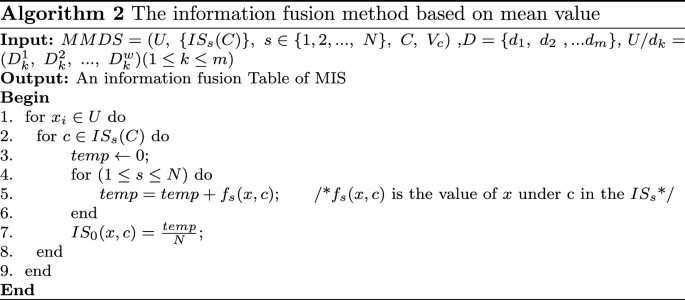

In other words, this interpretation indicates that I(X Y) measures the reduction of uncertainty of X (or Y) due to knowing Y (or X). That is, mutual information is the reduction in the uncertainty of one random variable due to the knowledge of the other. Here, p(x, y) is the joint probability mass function of the two random variables X and Y, and p(x), p(y) are marginal probability mass functions of X and Y, respectively.īy rearranging mutual information, we can see that I(X Y) = H(X) - H(X|Y). The relative entropy or Kullback–Leibler distance between two probability mass functions p(x) and q(x) is defined as

To see this calculation, we will first define relative entropy.
#Conditional entropy code#
The code will have a length of 1 (bit), and can be described as H(p) + D(p||q) = 1, where H(p) = 0 and D(p||q) = 1. Let X be a discrete random variable with alphabet X and probability mass function p(x) = Pr. We first introduce a common definition of entropy. Entropy, Relative Entropy, and Mutual Information 2.1 Entropy Finally, we try to provide some examples of these concepts in the realm of machine learning. After defining concepts such as entropy and mutual information, we establish useful properties such as the chain rule of the quantities. In this review, we introduce most of the basic definitions required for the subsequent development of information theory. Other related notions of uncertainty include conditional entropy H (X|Y), which is the entropy of a random variable X conditional on the knowledge of another random variable Y. However, for any probability distribution, the concept of entropy is defined to provide properties that agree with the intuitive notion of what a measure of information should be. The concept of information is too broad to be captured completely by a single definition. These quantities have also found their way into machine learning, where they have become increasingly important. The basic measure used to quantify information in this regard is entropy, which will be the topic of this article.Ĭlassically, information-theoretic quantities such as entropy and relative entropy arise again and again in response to fundamental questions in communication and statistics.

More generally, to quantify the information of an event. IntroductionĪ cornerstone of information theory is the idea of quantifying how much information there is in a message.
#Conditional entropy series#
I've read a number of the related questions here, and I think I understand what I'm trying to do, but I'm new to Python and I must have something wrong.This is the first in a special Synced series of introductory articles on traditionally theoretical fields of studies and their impact on modern day machine learning. For example X's target label is YĬe: the conditional entropy of y given x, a float scalar Y contains each instance's corresponding target label. Y: a list of values, a numpy array of int/float/string values. X contains each instance's attribute value. The size of the array means the number of instances/examples. X: a list of values, a numpy array of int/float/string values.

The conditional entropy H(Y|X) means average entropy of children nodes, given attribute X. Compute the conditional entropy of y given x. My results are not what I expect when the input array is strings. I'm implementing an ID3 decision tree in Python, and I'm having trouble with conditional entropy.


 0 kommentar(er)
0 kommentar(er)
